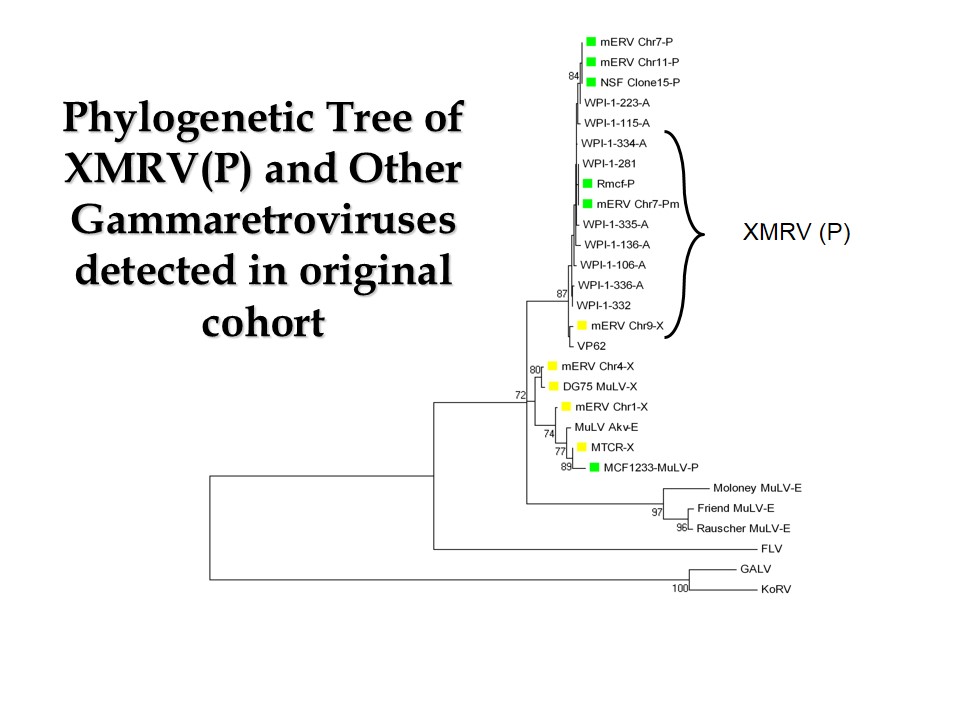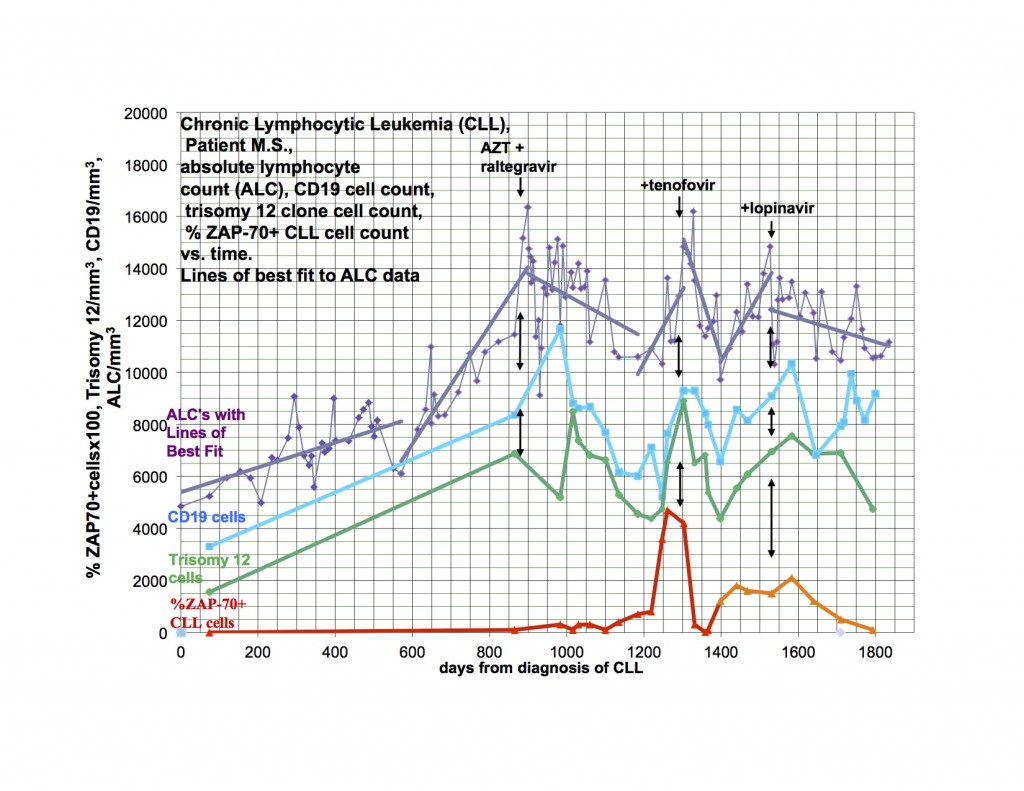Even though the last blog was the least controversial I’ve ever written, it managed to ruffle a few feathers. On the one hand, it couldn’t possibly be as simple as a diet cure and, on the other, it is too hard to implement, especially if you are sick and short of money. And what about retroviruses?
I am not cured. It is a relapsing, remitting illness and I am experiencing a remission. I am not asymptomatic, but much, much better. My husband and I have ridden our tandem 180 miles so far this month. Our rides are quickly getting longer, faster and more challenging. My husband said I have never worked harder. I don’t know if that’s because I want it more, or because I finally fixed my rubidium deficiency;-). No doubt a real doctor would say I finally decided to get off my ass;-). But anyone with real knowledge of the disease knows what a profound change has to occur for an ME patient to return to exercise after nine years.
Ali also has noticed improvement with respect to her physical abilities. She went to an hour long yoga class a few days ago with no PEM and expects to continue. She is living away from me, something neither of us thought possible just a few short years ago.
It isn’t just the diet. The diet happened to us in the context of a slow recovery over a number of years during which several treatments were contributory, all documented on this blog. Antiretrovirals, oxygen, Deplin, at one time Actos, at another modified Meyer’s cocktail IVs, metformin and Prometrium for Ali, prior dietary modifications and ever more awareness of the importance of biotoxin avoidance. I believe all of these things have helped to tip the balance towards recovery. When you are treating an incurable disease, it is necessary to look for therapeutic synergy.
As to the diet being hard, some of the biggest things aren’t too hard. A daily smoothie, big plates of organic greens, bone broth from clean grass fed animals. Buy organic. Try your local CSA (community sponsored agriculture) who sometimes deliver. Try eliminating gluten and dairy for three months. Consider nutrient density before eating something. Don’t try to change everything at once. Pick one thing and do that, then add to it. It is more expensive to eat this way. If it is too expensive, I am thinking the food is more important than supplements, on which most patients spend a lot of money. I am increasingly suspicious of things that come in pill form, including supplements.
One of the really interesting things that has happened to me on the Wahls diet is I am not tolerating B vitamins at all, finding them overactivating and sleep disrupting, after taking Deplin for years. I presume this is because I am getting what I need from my food. Can we infer from this that my methylation status has improved? Take a look at the numbers midway through this article by Dr. Wahls: Maximizing Nutrient Density for the Modern Day Hunter-Gatherer.
In addition to a relatively small number of known required nutrients, whole food contains thousands of compounds which work together in ways we do not begin to understand. Supplements supply an excess of a single nutrient. In the case of L-methylfolate, the idea is to overcome an enzyme deficiency by supplying the activated form of the nutrient folic acid to prime the pump of essential metabolic pathways. The deficiency occurs more often in the presence of certain genetic mutations, or SNPs, but remember, the problem is most often not caused by the genetic make-up of the individual, who was healthy once, but by epigenetic changes that have occurred. Also remember that methylation silences retroviruses.
I still think retroviruses are at the bottom of it, endogenous and/or exogenous. I will prevail upon Dr. Snyderman, who has lots to say on this subject, to give us an update in the near future. There is a growing body of literature to support the association of activated HERVs with various diseases. There are even a few intrepid researchers still pursuing novel retroviruses in chronic disease, working at the edge of our current understanding. Andrew Mason‘s betaretrovirus associated with primary billiary cirrhosis, clinical trials with antiretrovirals ongoing, Sidney Grossberg‘s JHK gammaretrovirus which he has identified in CFS patients, and Hervé Perron‘s MSRV, particles from HERV-W transcripts, with an immunopathogenic envelope protein, severity of illness correlates to viral load, replication competence still unknown. “Most HERVs are unable to replicate but MSRV expression associated with reverse-transcriptase activity in MS would explain reported DNA copy number increase in MS patients.” from The DNA copy number of human endogenous retrovirus-W (MSRV-type) is increased in multiple sclerosis patients and is influenced by gender and disease severity.
The possibility that animal retroviruses are the root cause of the enormous increase in chronic neuroinflammatory illnesses, autoimmunity and cancer in our modern world has not been ruled out, just because the particular sequence called XMRV has been put to bed. In fact, in figuring out where XMRV came from, created in a lab using techniques in use every day all over the world, a can of worms has been opened. How many times have similar organisms been created? How many cell lines commonly in use produce infectious virus that can spread airborne through a clean lab, as XMRV does.
Given that retroviruses recombine and rescue each other, that under certain conditions HERVs activate to produce viral product, that the environment is full of the very toxins used to amplify retroviruses in the lab and that high risk biotechnologies have offered up so many chances for new retroviruses to infect humans, it seems more likely than unlikely that it has happened, and more than once. After all, we have been injecting adventitious retroviruses into people for 80 plus years in combination with other live viruses. We think nothing of fusing human and mouse genetic material to produce monoclonal antibodies that are given to immunocompromised people. Passaging human tumor tissue through immunodeficient mice, gene vector technology, genetically modifying animals to produce human proteins for IV administration (Atryn) are all very high risk things to do. Lots and lots of chances. Hubris allowed it. Money drives it. How could the legacy of all that science be that half of everybody has a chronic illness, including children? Who wants to know that?
Injected into monkeys, XMRV causes a low level latent infection, which isn’t communicated by transfusion. However, Dr. Mikovits found other sequences in patients besides XMRV. Here is a slide from her recent lecture at Dr. Enlander’s conference showing just that.
Of course, she doesn’t have her notes, so all of the unpublished work she did is lost to us. Meanwhile, the WPI continues to suck up a big chunk of the government dollars spent on our disease, while their co-founder awaits jail for his felony convictions.
$450,000 of taxpayer money was spent on the specimens collected for the Lipkin study, which was negative, as expected. The good news was that Dr. Lipkin was going to use those specimens to answer some questions. I guess he couldn’t get funding. Instead those specimens have gone to Dr. Peterson, who is raising money to look for evidence of arthropod borne disease, even though the collection criteria for the specimens specifically excluded Lyme Disease. How’s that for looking under the streetlight?
Meanwhile, as a patient community, we are back to case definitions, an obfuscation if there ever was one. A case definition is an exercise in futility, because the disease isn’t one thing. ME/CFS is a garbage pail diagnosis, somewhere to put all those patients who feel awful, have non-specific immune dysfunction and secondary mitochondrial failure, with nothing else to define their illnesses. Many roads lead to Rome. The question of causation is simply too complex for our current scientific methods. The ability to analyze huge amounts of genetic material cost effectively is coming, but it isn’t here yet. It may turn out that the specific retroviral sequences involved are found in particular families or groups of people with certain environmental exposures, e.g. certain chemicals or vaccines.
With the burying of XMRV has come a resurgence of Lyme Disease as The Cause. The CDC recently admitted that they were low on the number of annual cases by a factor of ten, right on time for the release of Baxter’s new vaccine and Lyme test. The CDC’s admission is unfortunately a boon to ILADS, a renegade medical society based on an incestuous relationship with a private lab, to which they refer and then use the unvalidated results to perpetuate their mythology: Patients congratulated for “herx” reactions to antibiotics, rather than recognizing it for the damaging cytokine storm that it is. Then there’s the one about how enough antibiotics in the right combination for the right duration can eradicate it, despite all evidence to the contrary. And the one about how chronic Lyme Disease is a distinct entity from ME/CFS, despite the fact that the two groups are clinically indistinguishable without test results from this one particular cash only lab whose results no other lab can duplicate. And then, if they happen to get a negative test, which is a rare event, the most imaginative of all, seronegative Lyme can be diagnosed clinically, even in people with no risk factors. It’s a scam and a dangerous one. I saw this yesterday: Is Lyme Disease Contagious? Clues Hint That It May Be A Sexually Transmitted Disease, quoting no other than Dr. Raphael Stricker, the most published of the so called LLMDs. Here is what the Office of Research Integrity at the NIH has to say about him (link):
Raphael B. Stricker, M.D., University of California at San Francisco. An investigation conducted by the University found that Dr. Stricker falsified data for a manuscript and a PHS-supported publication reporting research on AIDS. In the manuscript, Dr. Stricker selectively suppressed data that did not support his hypothesis, and reported consistently positive data whereas only one of four experiments had produced positive results. In the publication, Dr. Stricker reported that an antibody was found in 29 of 30 homosexuals, but not found in non-homosexuals. However, Dr. Stricker”s control data, which he suppressed, showed the antibody in 33 of 65 non- homosexuals. The falsified data was used as the basis for a grant application to the National Institutes of Health. The ORI concurred in the University”s finding. Dr. Stricker executed a Voluntary Exclusion and Settlement Agreement in which he has agreed not to apply for Federal grant or contract funds and will not serve on PHS advisory committees, boards or peer review groups for a three year period beginning April 1, 1993. The publication “Target platelet antigen in homosexual men with immune thrombocytopenia” in the New England Journal of Medicine, 313: 1315-1380, 1985 has been retracted (New England Journal of Medicine, 325: 1487,1991).
ME/CFS, Chronic Lyme Disease, mold illness, MCS, fibromyalgia, GWI, all have pretty much the same symptoms. Lots of tunnel vision going on in each group. A retroviral hypothesis is the most parsimonious explanation for all of these diseases, which didn’t exist or were very rare when I went to medical school 35 years ago. Dysautonomia, now common, wasn’t seen then except rarely in advanced diabetes. A retroviral hypothesis fits for ASD also. This very brief distillation is all referenced elsewhere on this blog. However, even when one turns to the literature for answers, you have to figure that a very large proportion of it is wrong due to mistakes, contamination and fraud (lots of that going around). Why Scientific Studies Are So Often Wrong: The Streetlight Effect. So whatever cohort you fall into, which may depend more upon which doctor you go to than anything else, you get to choose between neglect by conventional doctors and expensive overtreatment by the “experts”. My advice is avoid doctors and eat your vegetables.
Tonight’s song: We Shall Overcome by Pete Seeger



